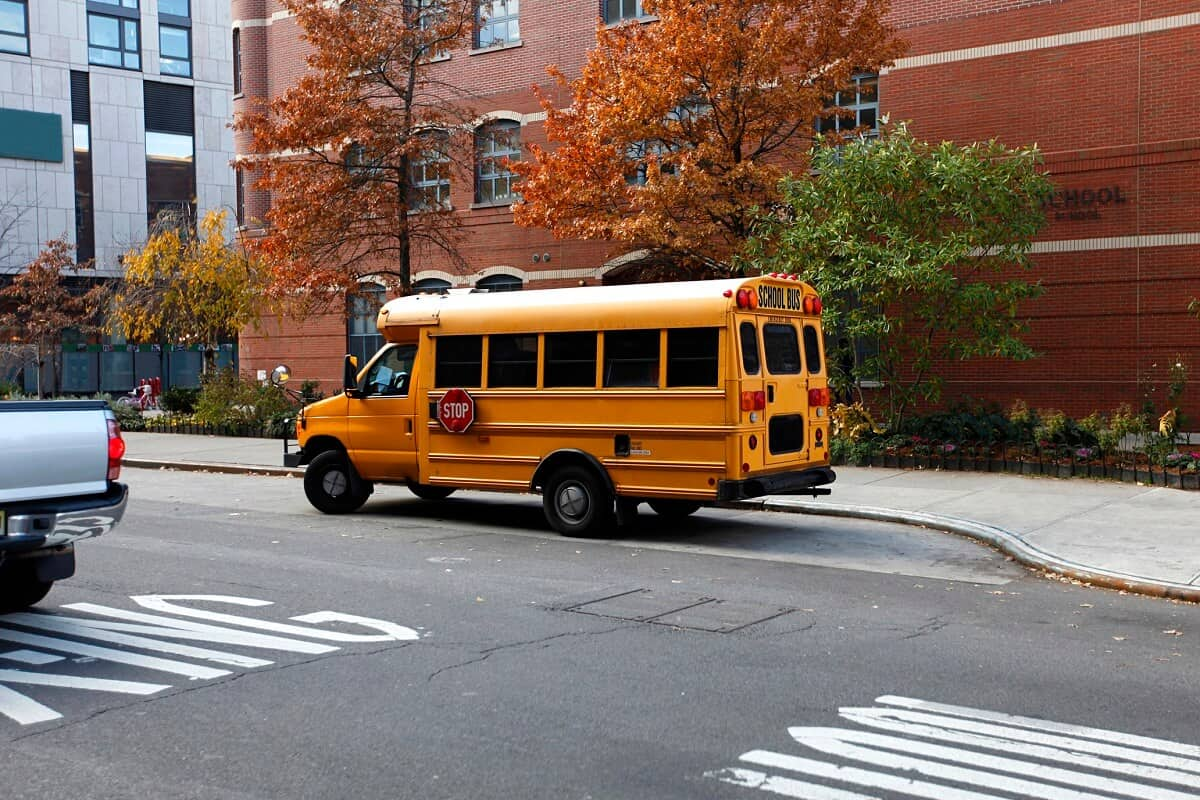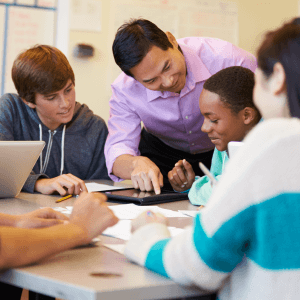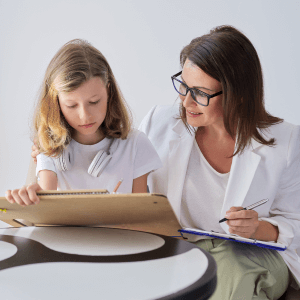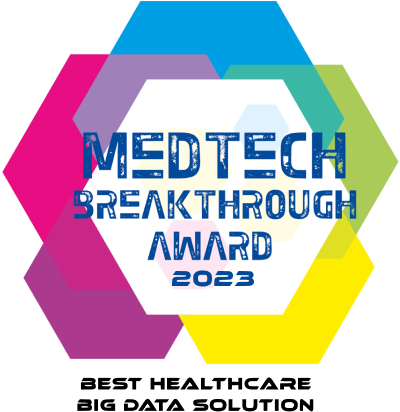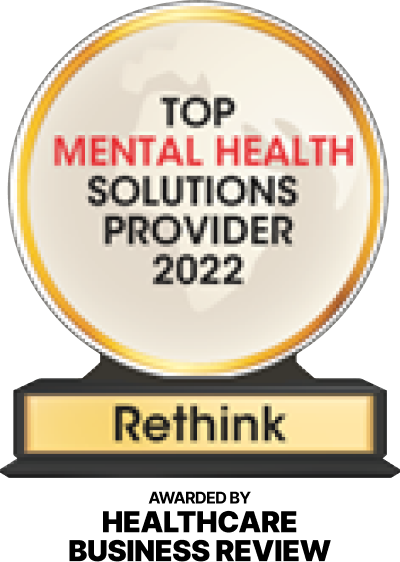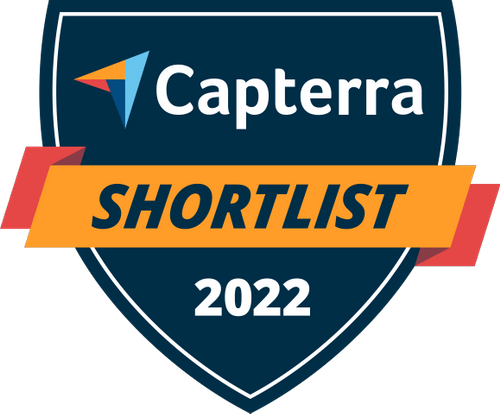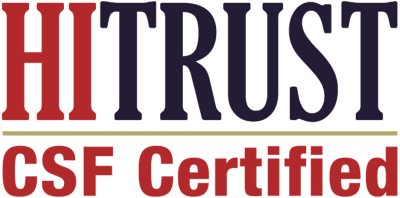Could inclusive education mean the end of bullying for kids with disabilities?
Kids with disabilities being bullied is nothing new; we’ve seen it portrayed in popular culture for decades. Who could ever forget Forrest Gump being chased by a truck-full of mean-spirited kids, trying desperately to outrun them despite his bulky metal leg-braces? Special needs aren’t always as visible as they were in that scene, but the victimization of people with differences has arguably been around as long as the institution of education. In all realms of life, bullies usually target people who are more passive, anxious, quiet, sensitive, or unusual in some way (Hoover 2003). Unfortunately, in schools, this demographic often includes children who are classified and receive special education services. Many typical features of American schools may have historically exacerbated this divide between the disabled and the non-disabled, particularly the physical and curricular labeling and segregation of children with disabilities, the non-participation of special needs students in mainstream educational and extracurricular activities, and a general lack of understanding and interaction between the two groups.
When Dan Habib’s infant son Samuel was diagnosed with cerebral palsy, a ticker of chilling questions scrolled through his brain like a hurricane warning on the nightly news. Would he ever walk? Would he be able to talk? Have a job? Drive a car? Fall in love? Perhaps the most painful unknown was how his peers would treat him. Would he be the target of ridicule in his neighborhood, on the soccer team, in his grade-school classroom? With fear looming heavily, threatening to swallow them whole, Habib and his wife made a choice and never looked back. They committed to including Samuel in every facet of their lives, regardless of what the scope of his disability turned out to be. And they didn’t stop there – eventually, the arms of their crusade reached their friends, members of their community and eventually the school district Samuel entered as a preschooler. The Habibs became diehard advocates for inclusive education, and as a direct result, Samuel flourished. He was placed in general education classes with supports and modifications. A specially made wheelchair and a culture of acceptance allowed him to play baseball on a regular team in elementary school. He scored a role in the school play and read his lines from his augmentative communication device. He went to middle school dances and made the honor roll. By all accounts, Samuel belonged. And he wasn’t the only one who benefitted.
Sadly, not every kid with special needs is as warmly accepted and included as Samuel. Statistics illustrate that in the United States, children with disabilities are two to three times more likely to be bullied than their nondisabled peers. In one study, nearly 60% of students with special needs reported having been bullied at some point in their lives, compared to only 25% of students in general. Another more recent study indicates that children with disabilities are victimized by bullying at a much higher rate over time than their nondisabled peers. The researchers attributed their findings to the fact that many students with special needs never learn or have the ability to practice the social skills needed to combat bullying as they age. So how can we teach kids with special needs to advocate for themselves? And perhaps even more importantly: how do we go about teaching kids without special needs, acceptance and kindness?
The answer to both questions might be found, at least partially, in inclusive education. The benefits of inclusion for kids with disabilities have been documented in 40 years’ worth of research – higher test scores, increased social interaction, exposure to peer models, access to the general curriculum, and higher levels of motivation. In fact, in those 40 years, no study has ever been published comparing segregation and inclusion that came out in favor of segregation (Jackson 2008). But how does inclusion affect gen-ed kids? Studies are starting to emerge, and it appears that inclusion may have even more of a positive impact on nondisabled peers than on those with disabilities. Kids in integrated classes have daily opportunities to learn and practice tolerance, respect, and kindness. Regular exposure to differences de-stigmatizes kids with special needs and creates a culture of diversity and acceptance. Additionally, gen-ed kids can guide and teach their peers, which fosters within them a sense of accountability and purpose. They are likely to exhibit more developed values and ethics later in life. Of Samuel’s effect on his nondisabled peers, his father notes, “He’s had a tremendous impact on his peers. His peers now see disability as part of the natural diversity of our world (NPR 2014).” Perhaps the most unexpected benefit of inclusion for nondisabled peers lies in the realm of academics; data indicates that general education kids in integrated classrooms perform better on tests and have greater academic outcomes.
It is becoming widely accepted in education that “far-reaching and sustainable bullying prevention is intricately connected to and predicated upon the promotion of equity and inclusion (Safe@School 2013).” Creating a culture of inclusion in schools is not an overnight job, but a quick Google search will demonstrate just how much information is available to those who are willing to consider making the change. There are detailed guides which illustrate the core concepts and features of inclusive education, and outline the steps to take to get there. It may not be an easy task, but in the words of Dan Habib, “If we know it’s going to yield better outcomes for kids with disabilities, it’s the only way to go forward (NPR 2014).”
Today, Samuel Habib is a 17-year-old junior at Concord High School in New Hampshire. In May of this year, he was the keynote presenter at the 5th annual self-advocacy conference hosted by the University of New Hampshire, where he spoke about his experience with inclusive education and previewed his first short documentary as a filmmaker. For more information on inclusion and Samuel’s journey, please visit www.includingsamuel.com.
References
Habib, D. (2014, April 22). Dan Habib: Disabling Segregation [Video file]. Retrieved from https://www.youtube.com/watch?v=izkN5vLbnw8
Hoover, J., & Stenhjem, P. (2003, December). Bullying and Teasing of Youth with Disabilities: Creating Positive School Environments for Effective Inclusion. Examining Current Challenges in Secondary Education and Transition, Vol. 2 (Issue 3).
Katz, J., & Mirenda, P. (2002). Including Students with Developmental Disabilities in General Education Classrooms: Educational Benefits. International Journal of Special Education, Vol. 17 (Issue 2), pp. 14-24.
Preventing Bullying, Promoting Equity and Inclusion. (2013). Retrieved from https://www.safeatschool.ca/plm/parents-and-guardians-partners-in-prevention/preventing-bullying-promoting-equity-and-inclusion
Reilly, D. (2017, January 05). The Bullying Culture: What You Must Know. Retrieved from http://www.lifezette.com/momzette/bullying-culture-what-you-must-know/
Staff, N. (2014, April 27). Learning With Disabilities: One Effort To Shake Up The Classroom. Retrieved from http://www.npr.org/2014/04/27/307467382/learning-with-disabilities-one-effort-to-shake-up-the-classroom


